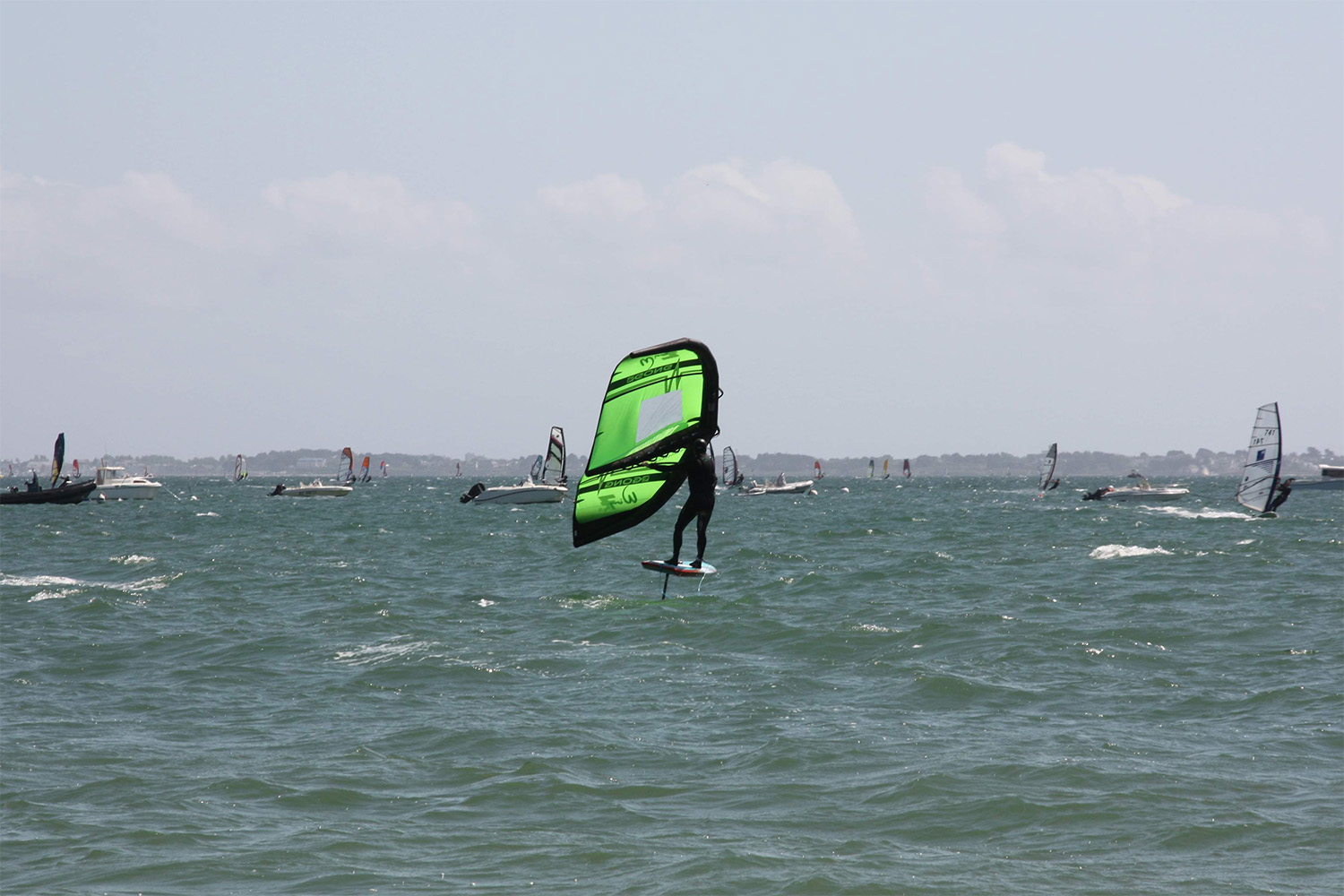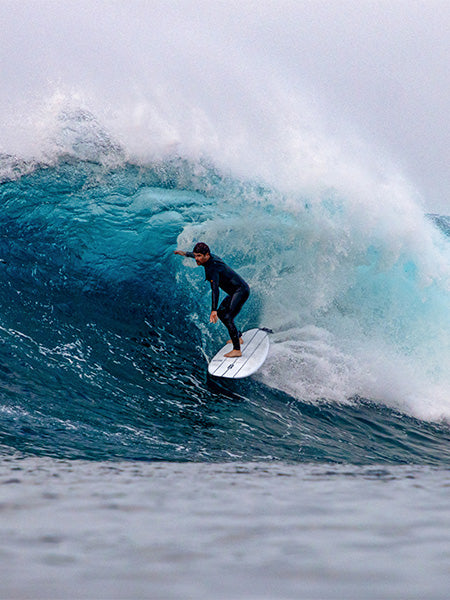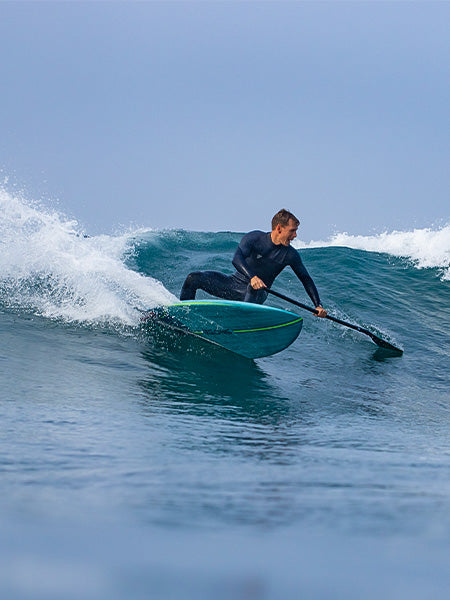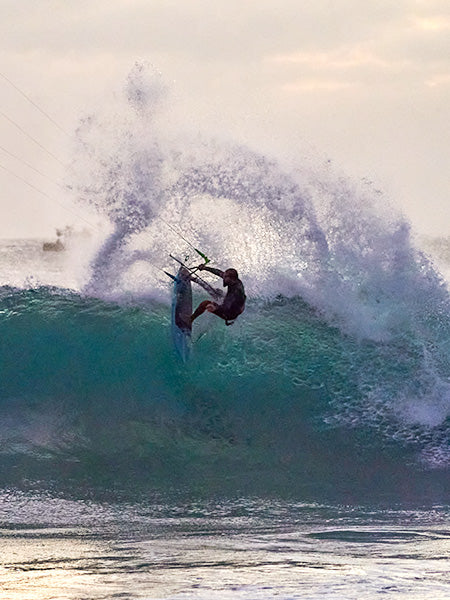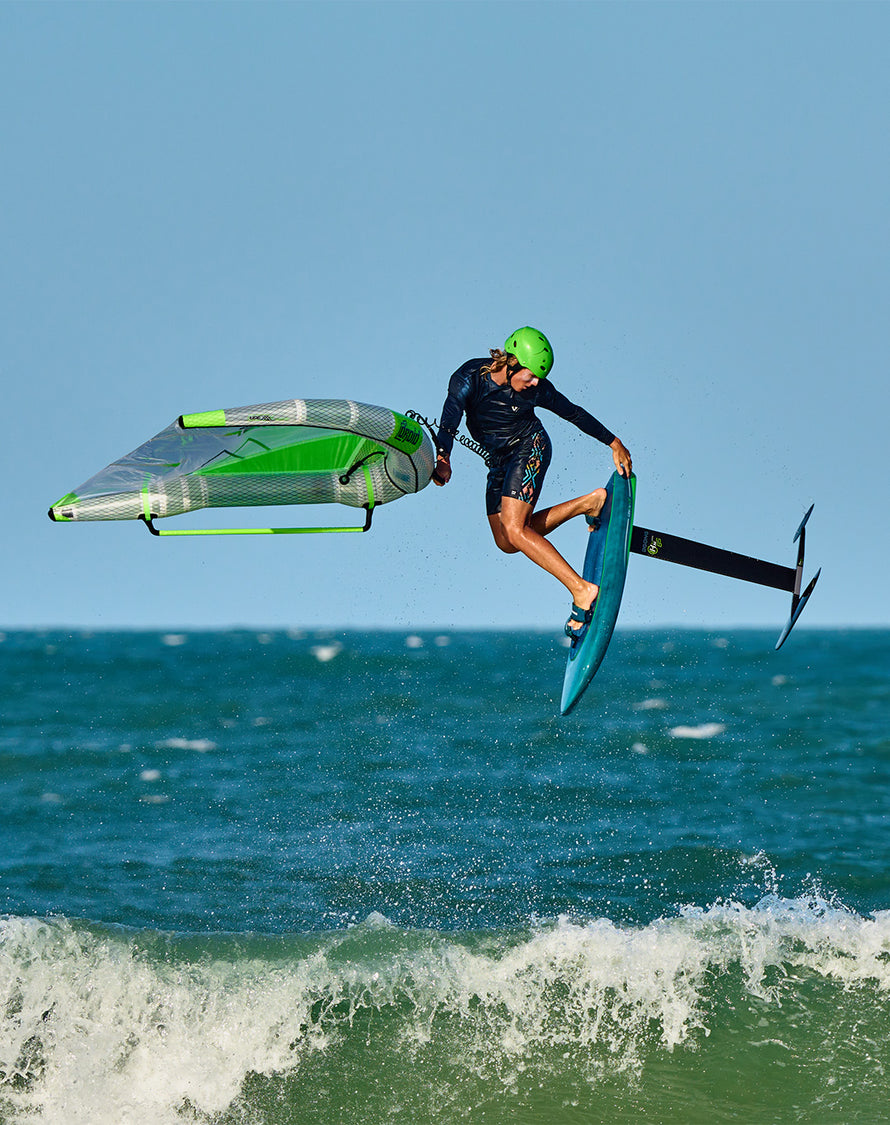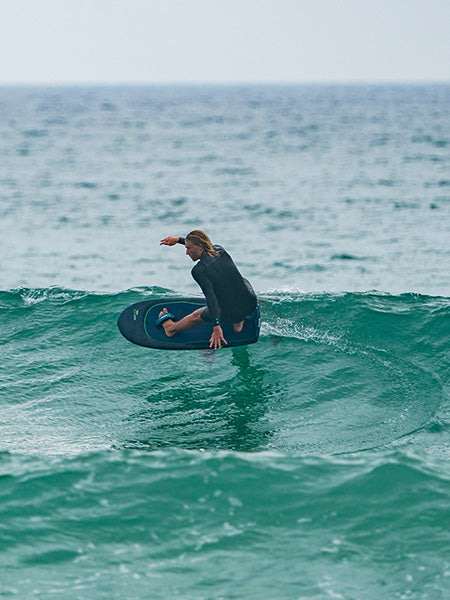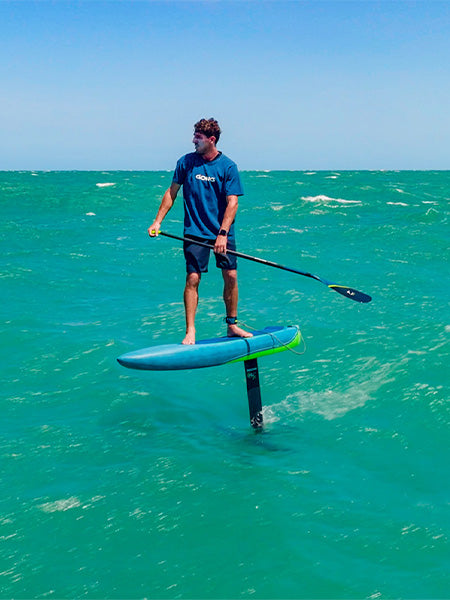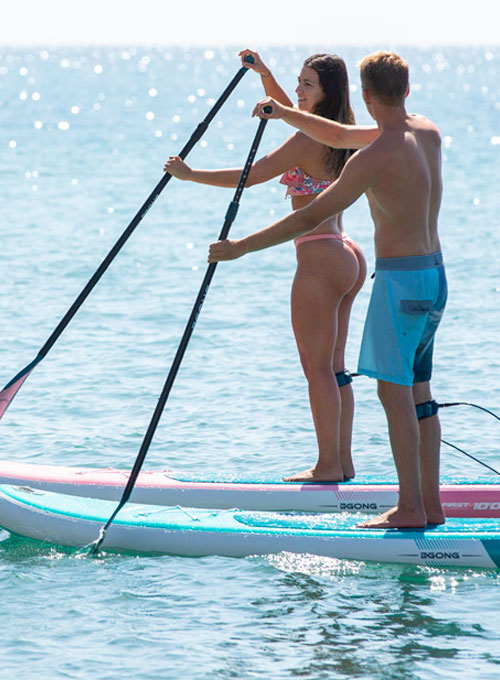INTERVIEW: FOIL PROGRESSION SEEN BY A JACK-OF-ALL-TRADES !!!
Back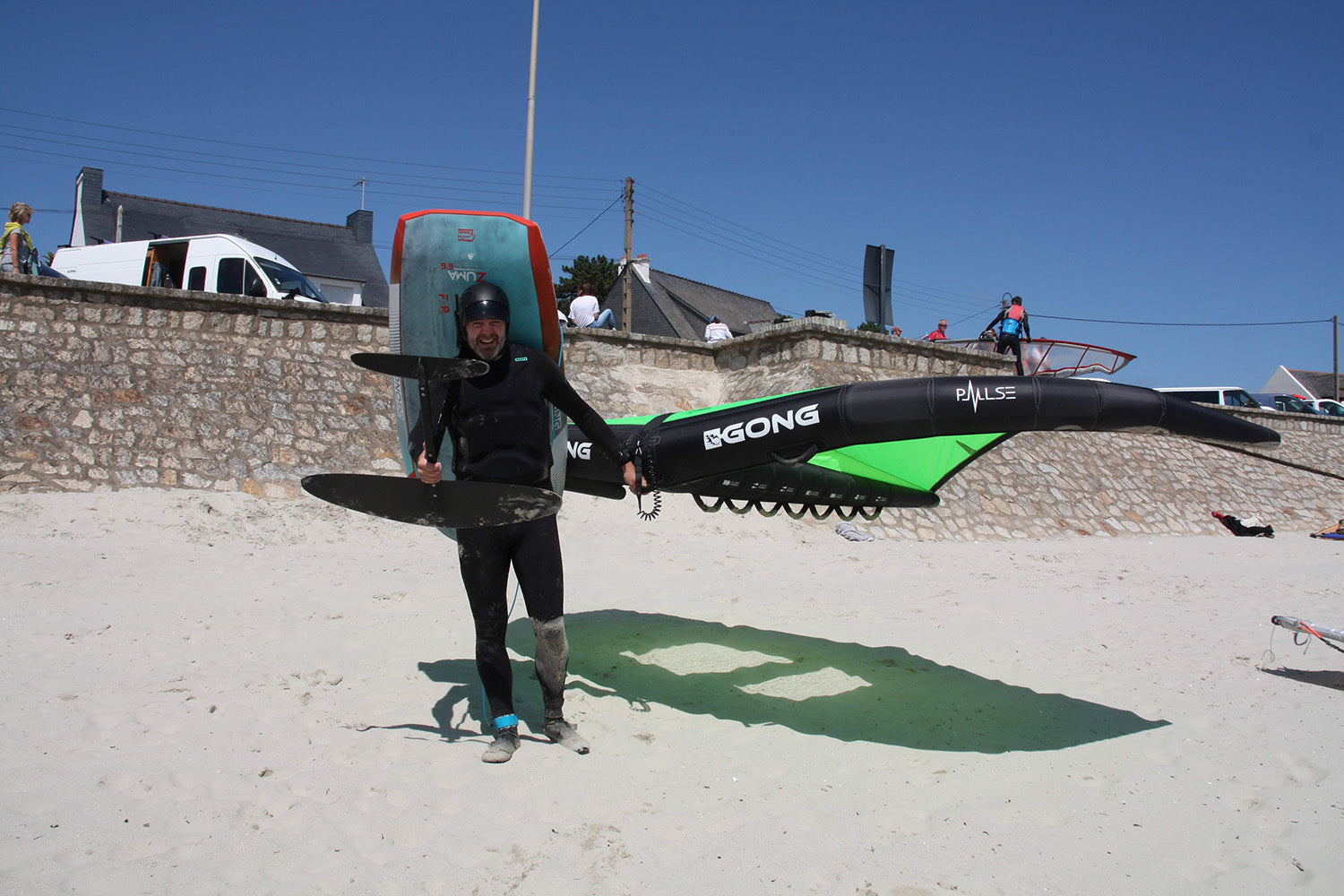
To progress in foil the secret is quite simple, you need good conditions, equipment adapted to your level and above all … spending time in the water 😉 ! To add up flying hours, increasing the number of disciplines is a good solution because, in addition to spending more time in the water, you operate in various conditions with different equipment.
This is the path taken by our ambassador Yohann who practices wing foil, surf foil and dock starts, while continuing to practice SUP and surf when the conditions present themselves. He gives us the pleasure to share his experience, the key steps and the gear that allowed him to reach a level that he did not dare to imagine when he started.

Hello Yohann, how did you start foiling?
I started foiling with the wing. I have a windsurfing background. So I was naturally drawn to this new sport. My first board was a Zuma 6’9 130L with a Rise XXL front wing on a 65 mast and an Original 7m wing. I had left a review of my first sessions on the forum. I walked quite a bit during the first 3 sessions which were done in too strong winds (after the first session I came to ask on the forum for advice on how to prevent the board from flying away…) or too low. The fourth was the right one: 20 knots with flat water: I flew directly and reliably in both directions: it was immediately obvious that I needed a bigger mast for the future.
What were the key steps that boosted your level in foiling?
In wing the key points were:
The first controlled flights on the foil: : wow what an incredible feeling!
The purchase of the Surf 55 stab : did a bunch of sessions where I only managed to do a few jibes here and there, but I did not feel like making any progress. The day I mounted the 55, suddenly I succeeded most of them on the 2 sides, once I mastered the jibes I no longer needed this help, but I reused it to gain confidence for other steps.
The first session with formed but not breaking waves : ad been a while since I tried to surf the offshore swell but without real success, even with large swells, and then on stormy day, arriving on an usually flat spot, there was this little wave that rose on a sandbank off the spot, it rose but rarely broke. I had an incredible session and it really changed my practice for the future.
Start surf foiling: surfing with the foil but without any wing allowed me to do different things on the waves, to really improve my pumping, it has improved my wing surfing a lot.
The Mint : going from a 6’6 board to a 5’0 board required an adaptation over 3-4 sessions but such a short board really changes the surf: instead of having to take the wing back in your hands again and again as soon as the wave ends or to prepare for an exit jibe, it can all be done by pumping with the feet, the wing hanging in your back, suddenly the impression of surfing is no longer interrupted. Plus in surfs and transitions: everything is smoother, there is no longer the risk of touchdowns with the nose if pumping too low.
In surf foil :
Don’t remember a specific key step, the progress is much more constant, of course there was the first reconnection, then the first multiple reconnection but it’s always progress that spreads over time. A little more abrupt progress mainly occurs when the weather or my schedule causes me to alternate several surf foil sessions then several dock start sessions or vice versa: in these cases I can clearly feel the transfers between practices.
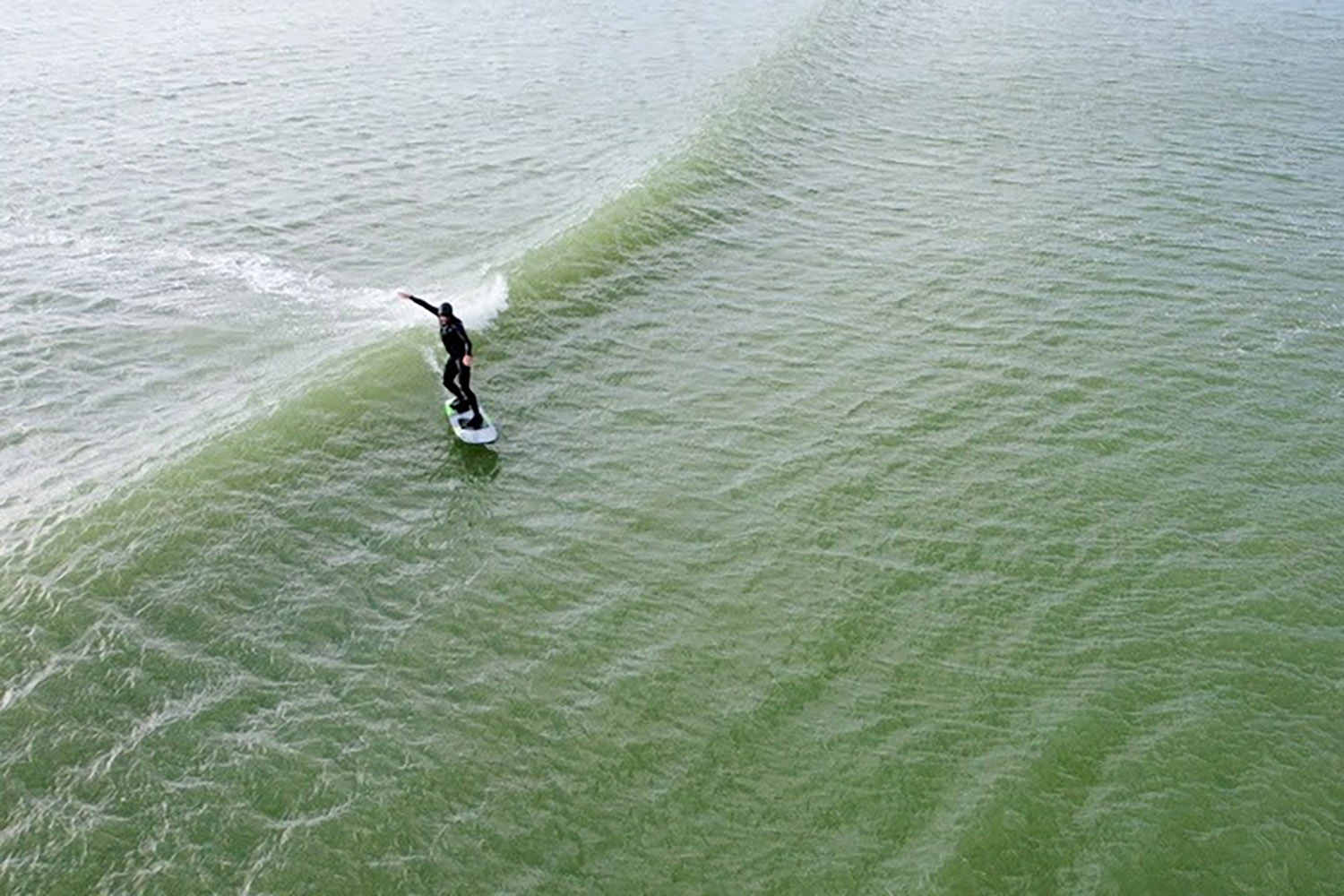
The choice of equipment is decisive for progress. What was your quiver like when you started out and how has it evolved?
Wing
I started wing foiling on a Zuma 6’9 130L with an XXL Rise on a 65 mast and an Original 7m wing. I quickly completed with a 90 mast to help with the stalls. The Zuma 6’9 FSP has been replaced by a Zuma 6’6 “FSP2x to be able to mount straps. Then later by the Mint 5’0, and now I’m on a Lethal 5’3. The XXL Rise wing was complemented by an XL Curve and later an XL-T Curve which is now my default wing.
On the wing side, I especially tried to increase my wind ranges at the beginning: so I took a 5 Plus then a 9 Plus proto that I didn’t keep (but that I regretted), the Original 7 had been replaced by a 7 Pulse. I had an opportunity to replace the 5 Plus with a Pulse. Today I have a Neutra 5 which replaces the 5 Pulse and which has really taken place in the wind ranges of the 7 Pulse which has hardly been used since the arrival of my Neutra.
Surf foil
In foil surfing I was much more stable. I started with a Matata 5’8 and an XL Rise, it quickly became clear that I was much more comfortable in Curve XL or XL-T, suddenly I only used the XL-T. I have an XXL Veloce coming in to try and increase my pumping distances: we’ll see if I can handle it and if I enjoy it on the surf.
The Matata is really bulky with its 61L compared to the 45L of my usual surfboard but, on one of my favorite spots, the wave is so soft and the distances covered are so long that it’s difficult to consider reducing the size. I will definitely add a board to my quiver so that I can ride straps, but it probably won’t be a replacement.
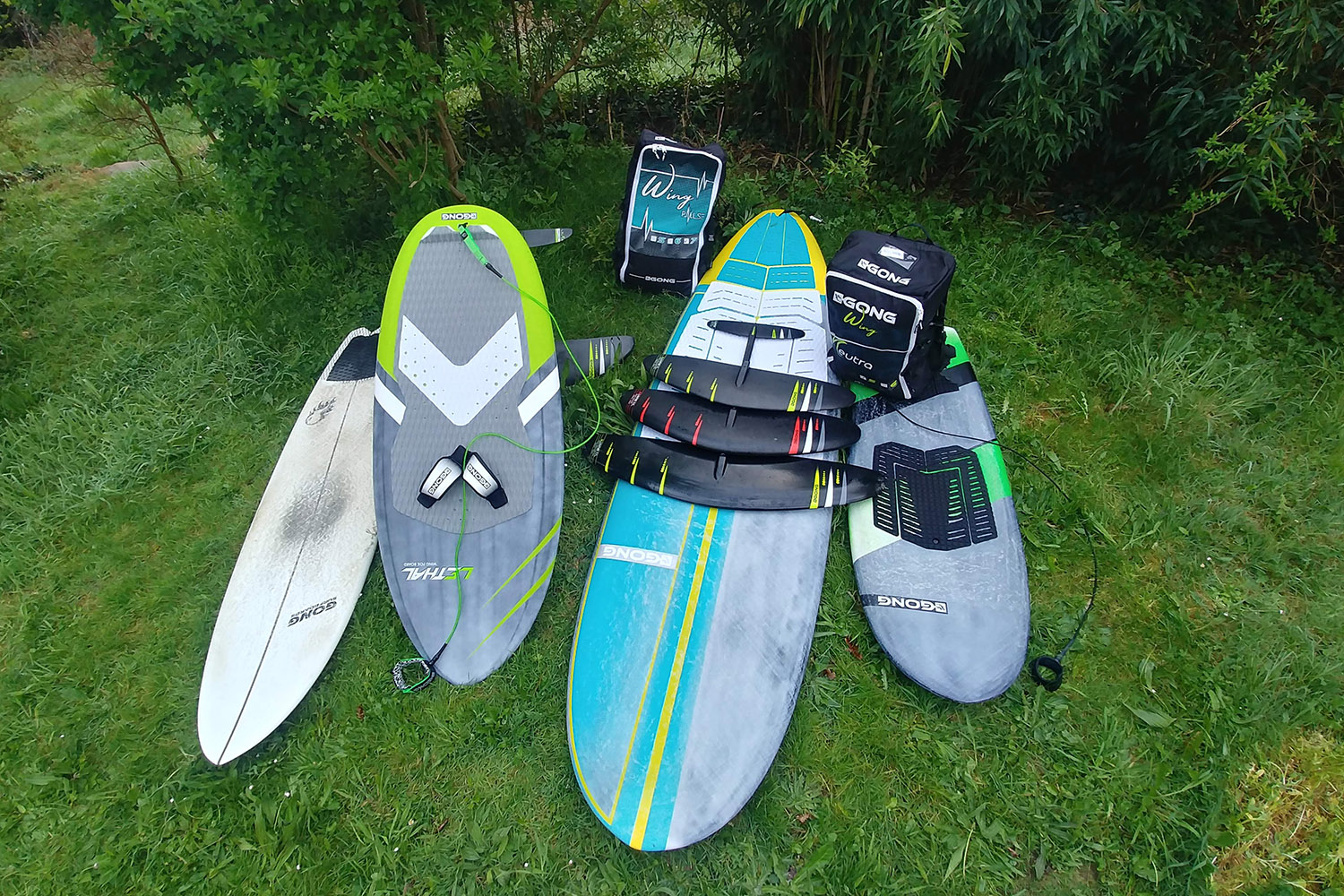
You regularly share pumping sessions from dock start on youtube. How does a full session look like?
I can dock start 5 minutes from home, the surf or wing spots are all at least 20 minutes away, so a lot of my dock start sessions are done when I don’t have enough time to go further: these sessions often last 30-45 minutes. My longest sessions don’t exceed 1h30 I think, anyway, my legs don’t last longer.
I have a hard time estimating the number of starts per session: at the beginning I counted more or less 1 minute per start (the time to launch, pump 2-10s, swim up to the ladder, come back to the launch point) plus a rest every 3-4 starts. Today a successful start is 30-45s of flight and return more or less to the starting point, so not much longer, however I need a recovery time each time.
You have to take some precautions. I do my dock starts in a harbor so you have to choose where or when to be sure you don’t end up in the path of a boat. I wear a helmet, it never came into play but it doesn’t bother me and a pontoon head encounter would certainly not be pleasant. At first I was wearing my impact vest but I gave up, it’s too hot and I’m not going that fast anyway. And then I advise against starting with a nice surfboard or anything fragile. The board will eventually meet the pontoon and it will not win, also be careful with the kite pocket boards: most are not not intended to absorb the efforts of pumping: I have already seen 2 bent or broken boards.
Do these dock start sessions contribute to your progress on other boards?
There’s progress that transfers into other disciplines, but it’s not just physical training, it’s an interesting discipline in itself. The gains for surf foiling are significant when it comes to pumping to go from one side to the other of a peak or to come back to reconnect:
- I can feel them a bit on resistance and efficiency: I can go faster and further and certainly a little longer.
- I can feel them more on wave exit, recovery after touchdowns, all these situations that you have to recover because you don’t have enough speed: in the end you have to reproduce a start from a dock.
I wasn’t expecting it, but the surf foil helps you progress in dock start as much as it does the other way around.
What advice would you give to all those who want to progress in surf foil and wing?
The first tip is to spend time in the air, whatever the water sport is. After that, I think that learning to fly is easier with a wing, that it allowed me to progress very quickly in surf foiling and that the surf foil allowed me to progress a lot in wing (for surfing and transitions).
In wing I think that what has been successful for me is not to skip the steps.
In surfing, my advice would be to try to take the smallest and softest waves possible, as long as it’s possible to paddle in the wave without the foil touching (with a mast of 65), the wave is big enough. Do not hesitate to get on waves that seem impossible to surf because they are so soft. You need a voluminous surfboard to take them but they are the best waves to learn and progress. A little on-shore wind shouldn’t slow you down, on some spots it’s even a lot better because it allows you to go on much softer sections.
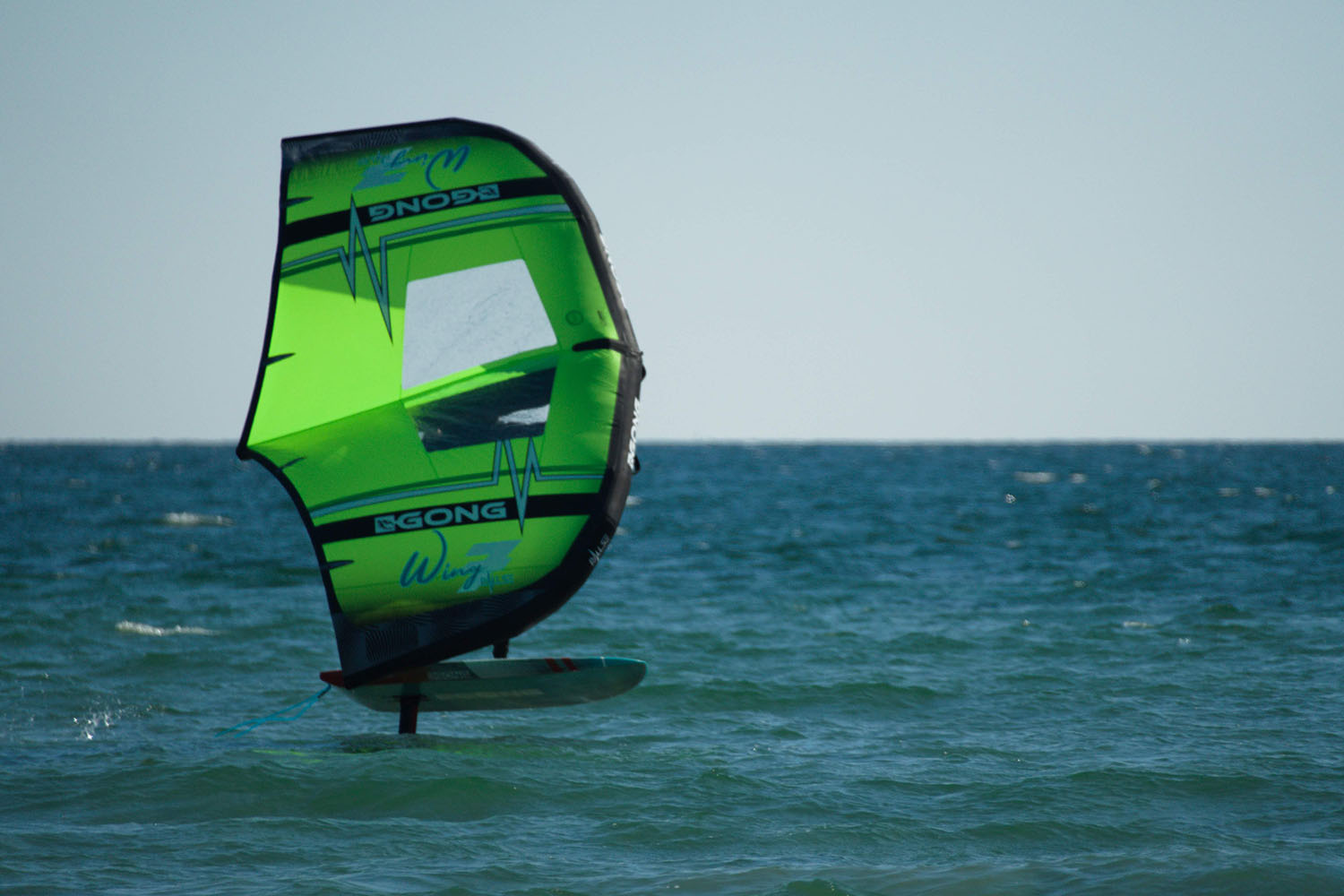
What were your goals when you started and what are your goals today?
When I got into the wing, the first objective was just to fly and rediscover the pleasure of gliding with the wind that I no longer found with windsurfing. Then there was the video WING : SURFIN’ FEELINGS. he glide in the swell, this surf with the wing in neutral position: it was clear that this was exactly what I wanted to do. Now without having reached Patrice’s level at the time, I’m pretty much getting there and I just want to take more waves, do better with my transitions to make better entries and exits.
When I started foiling and dock starts my goal was to be able to surf 2 waves for a single take-off and I was not very confident that it was achievable for me. This goal is exceeded but I just always want more 😀
A final word ?
16 months after my first test on a foil, this mix of practices brought me to the level of reproducing what made me dream about the videos of wing when I started. I also do in surf foiling what had made me dream long before and which seemed totally inaccessible to me for my age and my weight. I take full advantage of it since I now have access to much more weather conditions and I therefore go out more often: in 2020, even with lockdowns, I managed to take more than double the sessions. compared to 2017-2018-2019, today in mid-April 2021 I have already taken more sessions than during the whole year 2017 or 2018.
